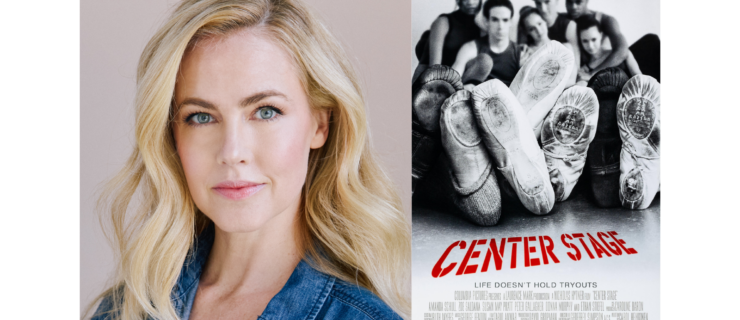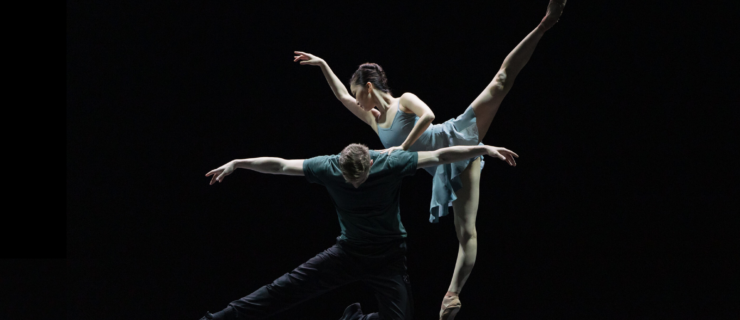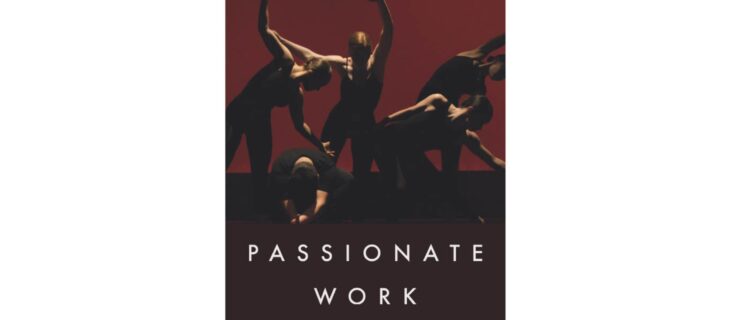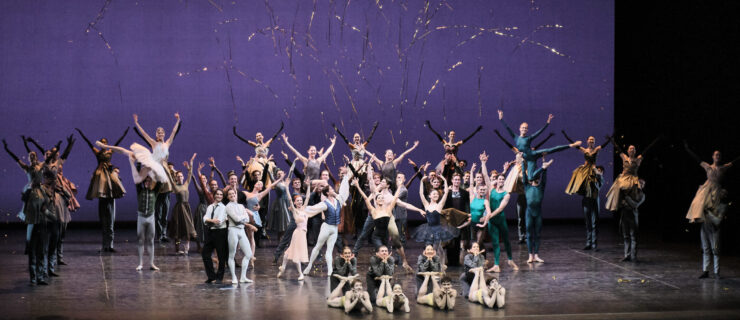Lucy Ashe’s New Novel, The Sleeping Beauties, Explores Ballet and WWII History
Royal Ballet School alum turned English teacher Lucy Ashe draws from both aspects of herself in her writing. Her love for ballet, as well as her command of the English language, shine in her latest novel, The Sleeping Beauties (Union Square & Co.). Set for a September 10 release in the U.S., The Sleeping Beauties follows ballet dancer Briar Woods as she grapples with her own past and the aftereffects of living through World War II. The novel weaves the gothic elements of the classic Sleeping Beauty story with rich historical details about the former Sadler’s Wells Ballet Company (now The Royal Ballet).
“A central moment in the novel is when the dancers go to The Hague in the Netherlands in May 1940. They were there three or four days before Germany invaded and the company had to be quickly evacuated on a cargo ship and travel across the North Sea,” Ashe says. “I wanted that to be in the novel because it’s a fascinating moment in ballet history and Second World War history that’s not often told.”
Pointe spoke with Ashe about her robust research process, her past as a dancer, and how writing helps her keep ballet close.
In addition to being an engrossing story, The Sleeping Beauties is filled with historical detail. Tell us about your research process.
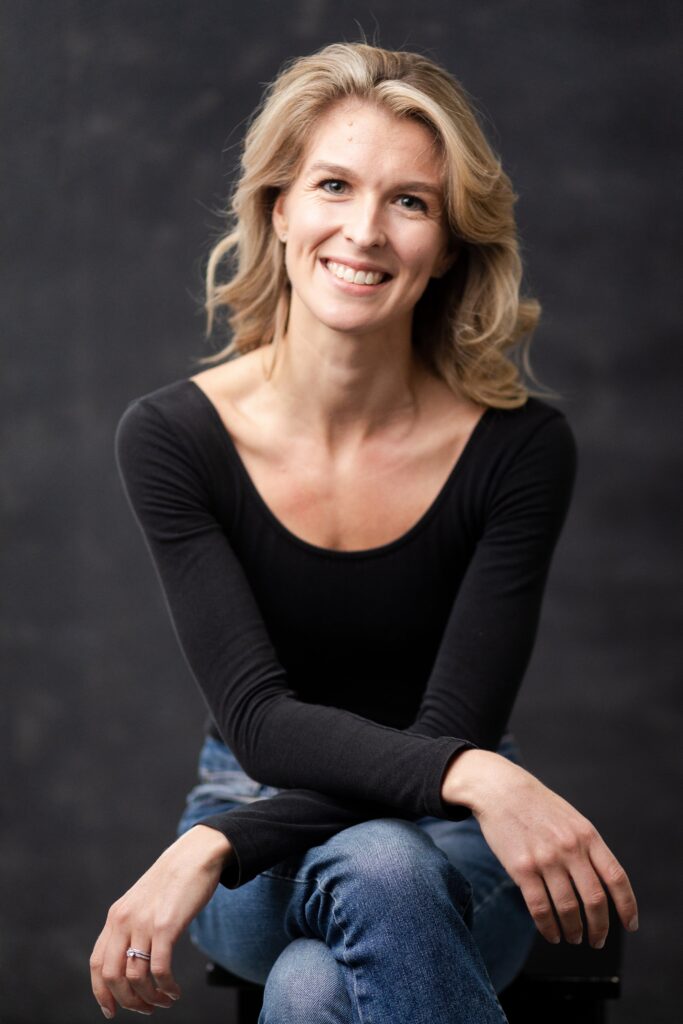
I probably spent about six months just reading a lot, reading memoirs from dancers at the time. There were some amazing diary entries from a dancer called Annabel Farjeon, who traveled with the Sadler’s Wells Ballet Company during the war—her journal was fascinating. I went back to the Royal Ballet School archives, which was wonderful because Anna Meadmore, who’s the manager of special collections there, remembered teaching me when I was a student there. She let me look through all the incredible resources they have, as well as the Royal Opera House online archives. During the writing process, I did need to stop to do more in-depth research—for example, describing some tutus that were being created as the company prepared for the production of The Sleeping Beauty.
Your first book, The Dance of the Dolls, released in 2023, is also historical fiction about The Royal Ballet. How does The Sleeping Beauties build on themes from your first novel?
I think after films like Black Swan, for example, ballet is sometimes seen as material for these sort of dark, tormented people who are struggling through this hyper-competitive world. I wanted to tell—in both The Dance of the Dolls and The Sleeping Beauties—a story about ballet where dancers are ordinary people. I’m not writing about the prima ballerinas, I’m writing about members of the corps de ballet who go through their lives as everyone else does, especially during the Second World War. I was trying to put ballet into a real-world context, and, on the other side, I did want to show that the ballet world can have a sort of intensity to it that is perhaps mirrored by the experiences of going through conflict and a time of war.
Yes, both books certainly have drama, but they’re also historically accurate. How did you strike a balance between authenticity and intrigue?
I wanted to focus on the details of the world of the ballet company, through the character’s perspective. We only want to hear about a costume, or a pointe shoe, or a ballet class, if it furthers our understanding of what the character is going through—their conflict and desires in that moment.
How were both books influenced by your own time as a dancer?
I have a complex relationship with ballet because it was my life for a long time, in a very intense way. Then I left it, and that’s a very difficult thing to do. Coming back to ballet through writing, I wanted to really interrogate what ballet means to me now, in my early 30s. In The Dance of the Dolls, one of the things that really came up—and I had mixed feelings about—was the idea of repetition. As a dancer, you repeat the same things all the time. You do the same ballet class, basically, every day. You sew ribbons and break in your pointe shoes constantly. It’s a cycle. I wanted to get that sense of a ballet dancer’s life following this routine in order to make them strive for excellence, but also to be aware that constant repetition can become a bit of a compulsion. I think all of my characters are driven by compulsions that hover the fine line between healthy compulsions and unhealthy ones that can be quite overwhelming. I was really interested in that aspect of ballet, which I think has stayed with me—what have I gained from ballet, and what has ballet left me with that I can’t quite let go of? I think channeling it into writing has been helpful for me, because I think it allowed me to really come to understand it.


